Waterlilies (one word, no double ‘l’), followed by tulips are probably my most favourite flowers. The G and I drove to Margaret River this week to visit Australia’s only farm dedicated entirely to growing waterlilies for the cut flower market. We meet with the owners of the farm, talk how they grow waterlilies sustainably and the challenges they face to get them to market.
The Margaret River region in Western Australia is famed for its world-class wineries, breathtaking beaches, untouched forests, iconic animals and relaxed lifestyle. But nestled among the vineyards and coastline lies a hidden gem—Leuca Creek Waterlily Farm. Owned and operated by Kathy Sassoon and Martin Staines, supplying exquisite blooms to florists and cut-flower markets across the country.
A Journey to the Heart of the Farm
With waterlily flowering season in full swing, G and I took the four-hour drive south from Perth to visit Leuca Creek Waterlily Farm firsthand. We were in the middle of summer and the temperature was a delightful 24 degrees Celsius. We met Kathy and Martin early before their daily harvest. As we drove through the gates, a mob of kangaroos quickly bounded away, setting the scene for what would be a truly unique experience.
Greeted by Holly, the farm’s gorgeous black retriever, we quickly learned that sustainability is at the heart of everything Kathy and Martin do. The farm is entirely solar-powered, relies on pure Margaret River rainwater, and operates without the use of biocides. Additionally, it is part of the Land for Wildlife conservation program, ensuring the local environment thrives alongside their stunning flowers.
Waterlilies Through History
Waterlilies have long been revered in cultures across the world. Ancient Egyptians, Mayans, Buddhists, Hindus, and Indigenous Australians all used them for ceremonial and artistic purposes. Perhaps the most famous depiction of waterlilies is in Claude Monet’s iconic paintings of his Japanese water garden in Giverny, France. Today, these delicate blooms continue to captivate, symbolizing purity, renewal, and beauty.
The Art and Science of Growing Waterlilies
Years of research and experimentation carried out by Kathy and Martin have gone into perfecting the selection and growing process of the waterlilies, from planting and harvesting to transportation and storage.
The cultivar that proved itself best for the cut-flower industry was the tropical Nymphaea. The Farm grows other waterlily varieties sold as pond plants. The waterlilies come in white, pale pink, dark red/pink, purple and bright yellow. Research remains a key focus for Kathy and Martin having published the first waterlily nutrition paper.
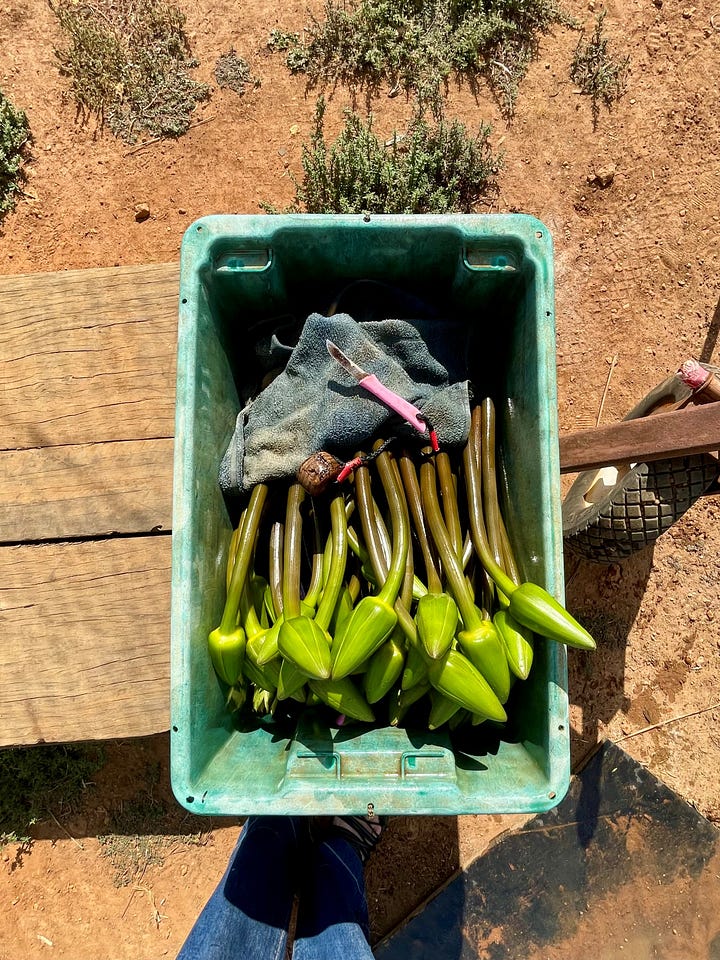
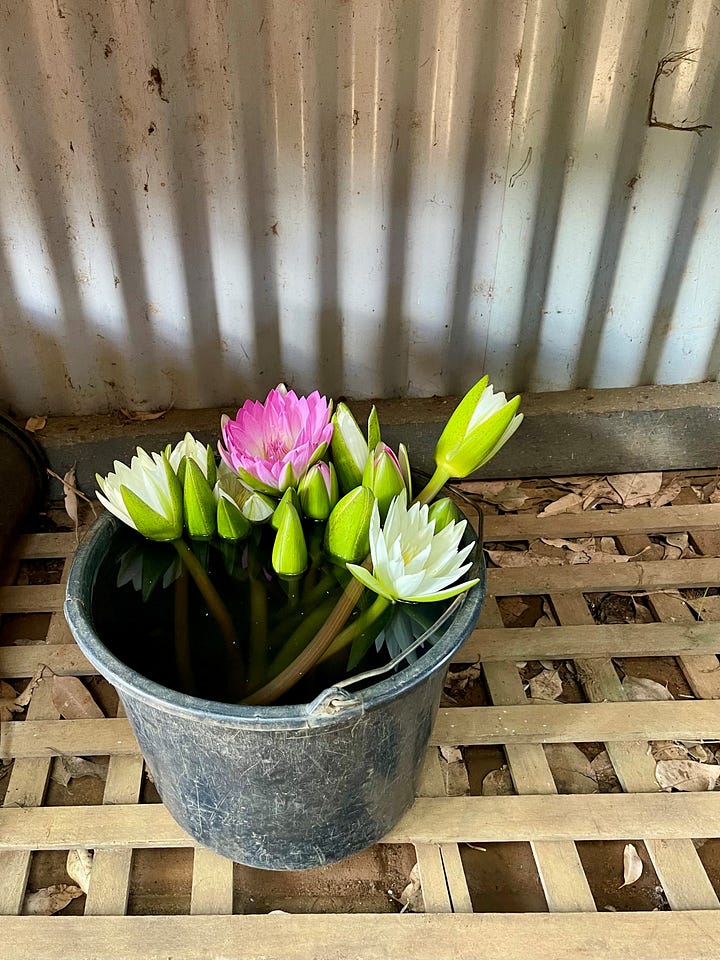
A lesser known but crucial part of the pond’s ecosystem is its goldfish population, which controls pests like mosquito larvae and caddis flies, ensuring the ponds remain healthy.
To protect their blooms, Kathy and Martin have implemented pond netting to deter swamp hens and wood ducks from nesting and feeding on the buds.
Lotus flowers are also cultivated in separate ponds and are available as fresh green pods for the Perth market from December to March.
Both originally pursued separate careers—Martin as an agricultural scientist and Kathy a former childcare centre owner and operator. Growing waterlilies started as a part-time job for the pair with initially a single pond. Over the last 21 years, the Farm has increased to 2 large ponds of waterlilies, a lotus pond, plant pond and a few experimental ponds. Kathy and Martin work full-time 6 months of the flowering year, with additional staff to assist during harvesting time.
One of the farm’s biggest challenges is educating wholesalers and transport companies on the delicate nature of these flowers. Waterlilies must be kept at a temperature range of 5–10 degrees Celsius—any colder, and they turn to mush. Moreover, they also need to be kept wet. The blooms are harvested on a Thursday, trucked to Perth on a Friday, then the balance trucked onto Melbourne where they arrive on a Monday.
A Day in the Life of a Waterlily Farmer
During harvesting season, each morning, Kathy and Martin don their waders, grab their floating buckets, and wade into the mud ponds. As Holly splashes alongside them, they carefully cut stems below the waterline and trolley the blooms to the packing shed whilst still in water. After rinsing, bunching, and trimming, the flowers are placed in plastic tubes to straighten the stems, before being boxed.
Sixty-five percent of the harvest is sent to Perth where they are sold to one wholesale and one retailer, and the balance are trucked to Melbourne. The remainder are sold locally at the Margaret River Farmers’ Market, held every Saturday.
With such a physically demanding job, you might wonder how Kathy and Martin unwind. Their idea of a “break” is heading north to the Kimberley region, where they assist Indigenous communities with research and training in waterlily cultivation. Their passion for preserving and expanding Australia’s waterlily varieties is evident in every aspect of their work.

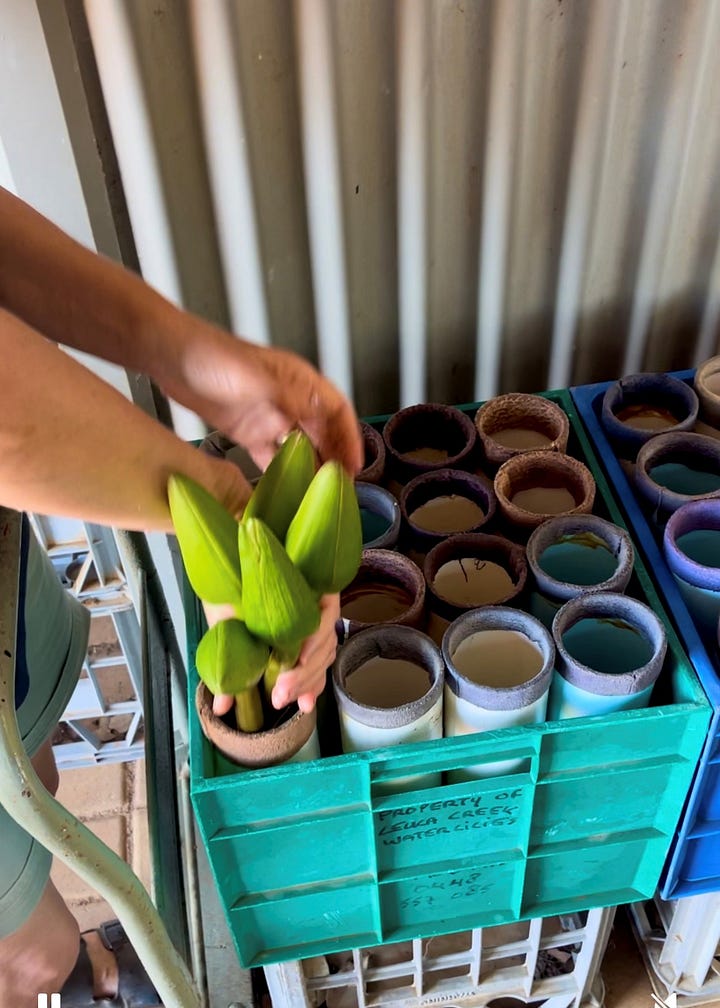
A Taste of Tranquility: Waterlily Tea
One of the farm’s most unique offerings is waterlily tea, also known as “blue lotus ”, tea. This calming infusion is hand-harvested and dried on-site, with Kathy describing it as “mindfulness in a cup.” After a long drive down to the farm, we brewed a cup ourselves in the evening and experienced its soothing effects firsthand.
Caring for Cut Waterlilies: Expert Tips
Waterlilies are nyctinastic, meaning they open during the day and close at night. To maximize their lifespan:
Always keep the stems submerged in water, even during transportation.
Use a tall vase or trim stems to fit, cutting with a sharp knife. Stems left out of water will cause them to bend.
Flowers should be displayed in a bright spot but away from direct heat.
Expect a week of blooming beauty when cared for correctly.
Florists planning for events should purchase buds three days in advance and allow them vase space to open in a well-lit room.
If you have the opportunity to purchase some waterlilies, they are just delightful and the perfume is intoxicating. Not your typical cut flower and they have their own special needs. Leuca Creek Waterlily Farm have certainly created a beautiful product from research and pure hard work.





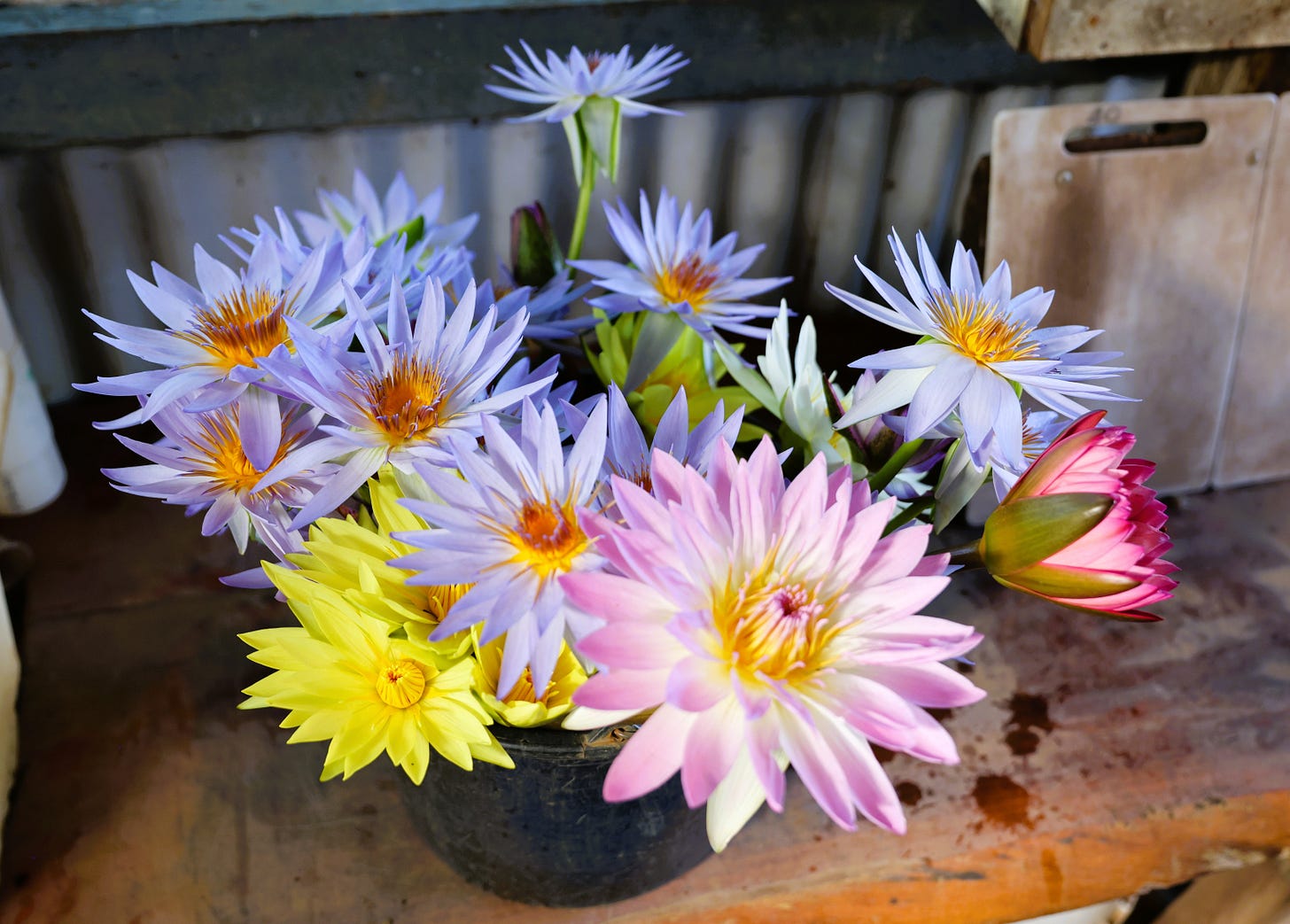
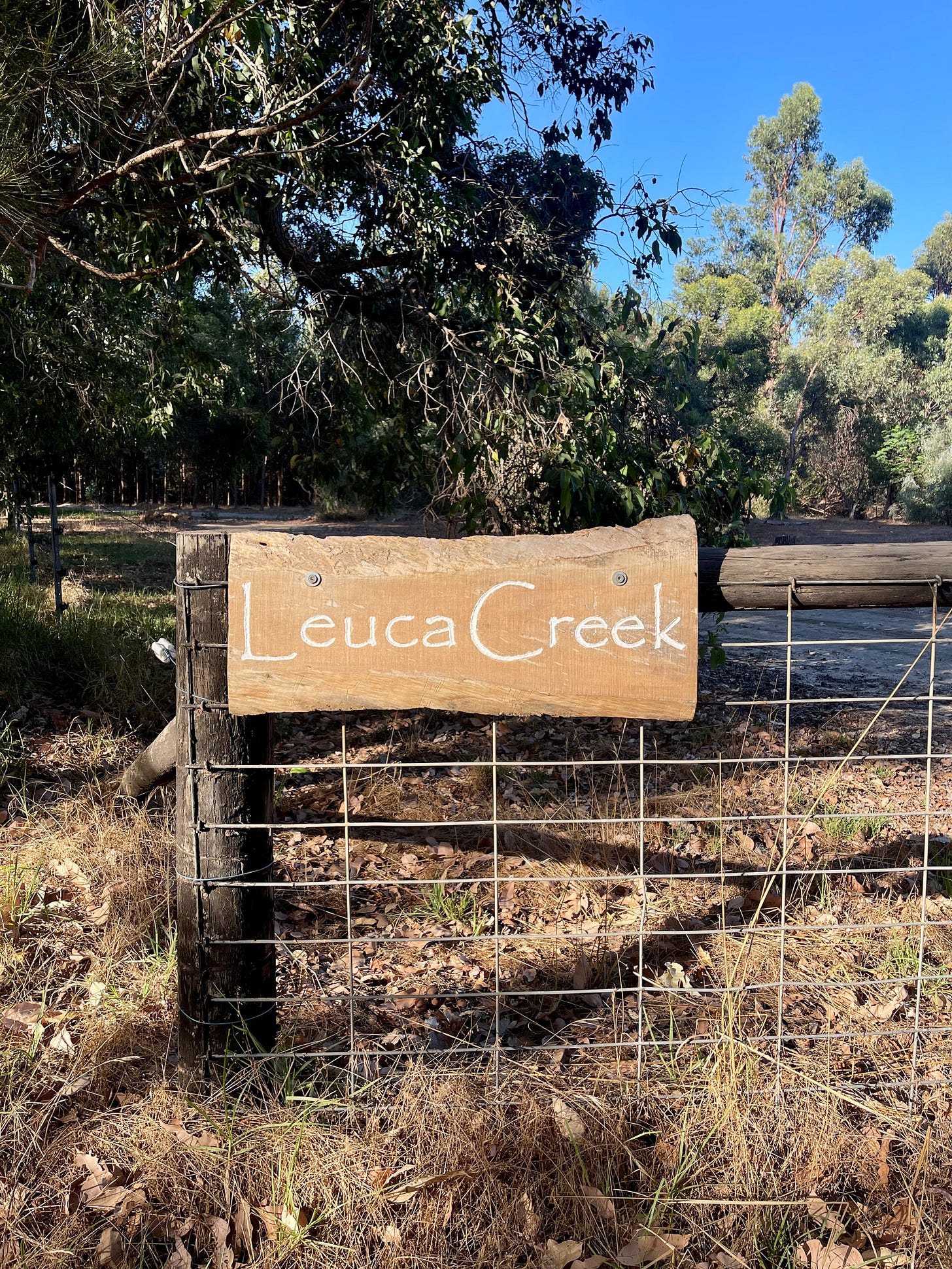
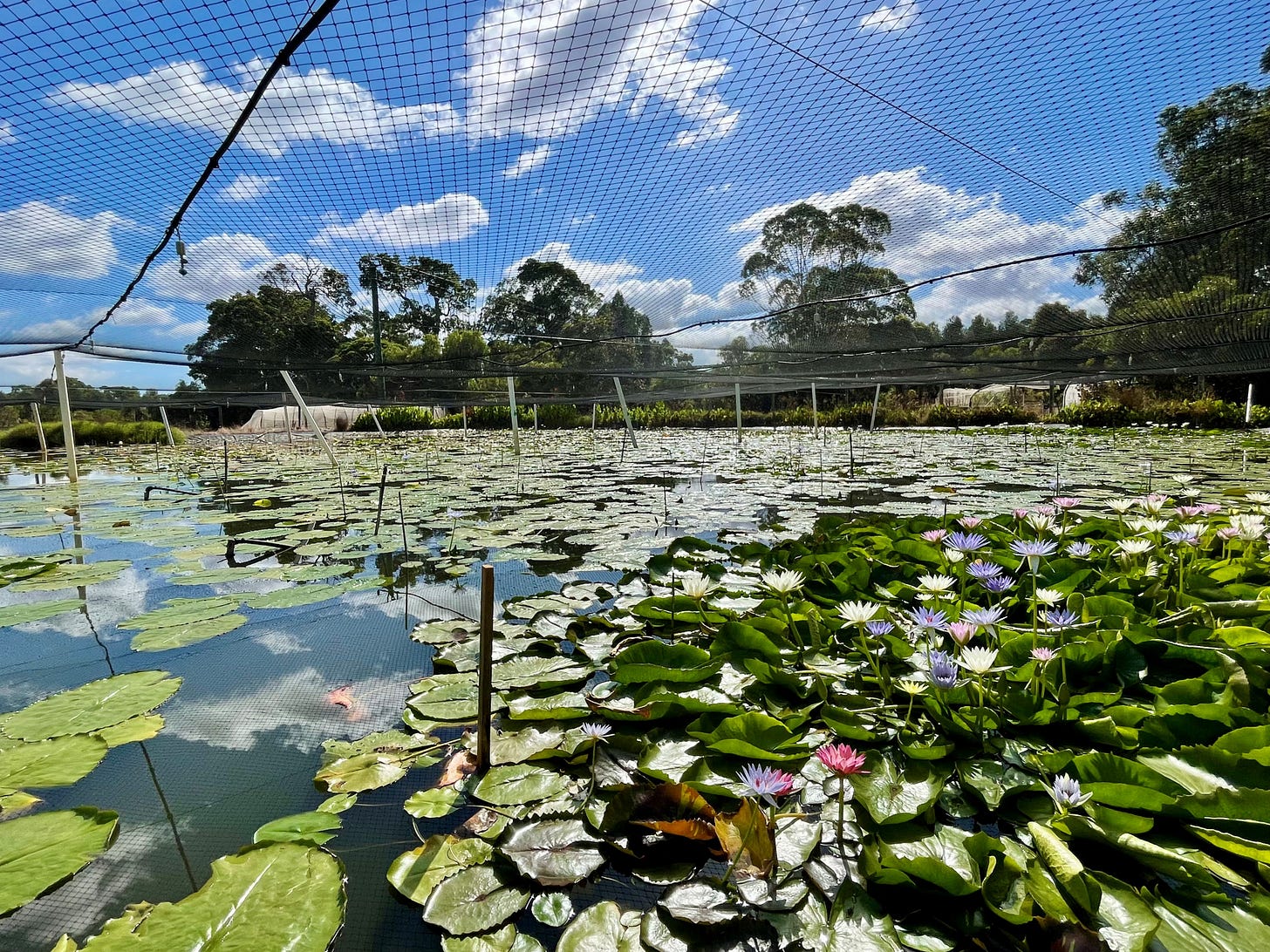
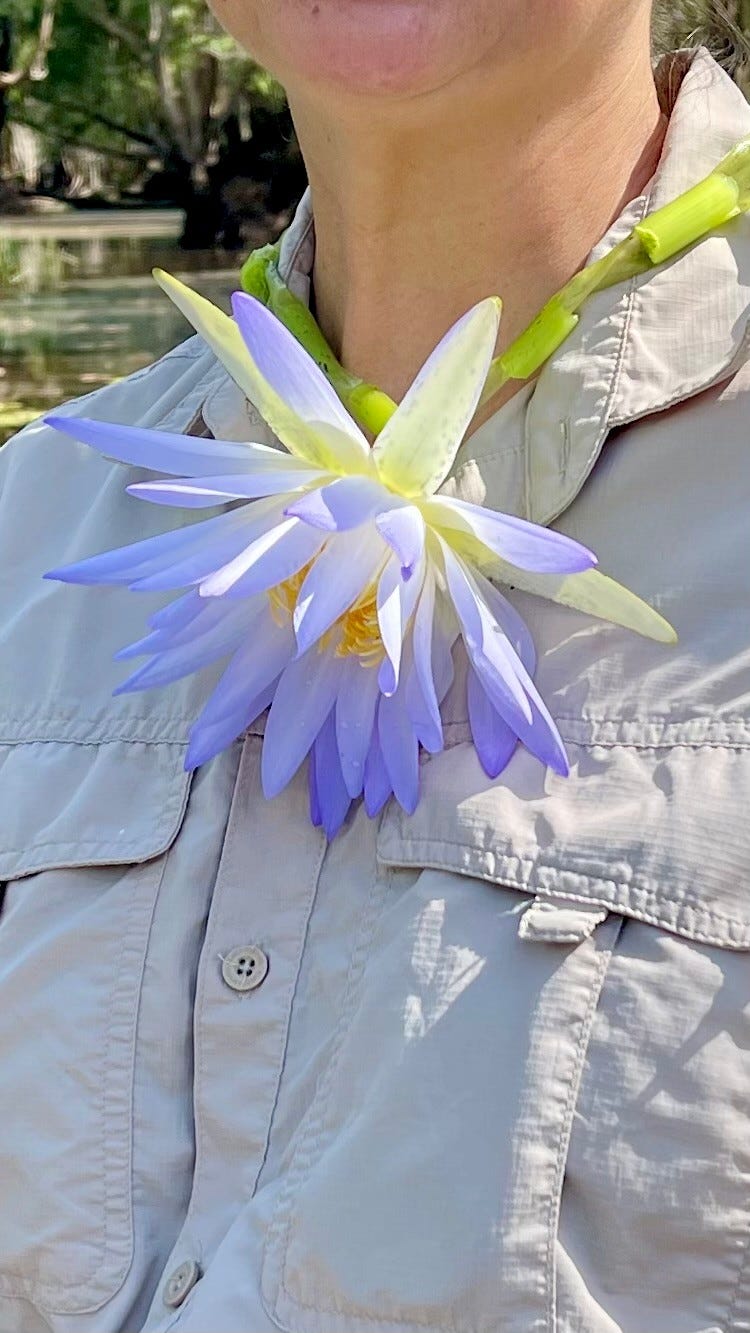
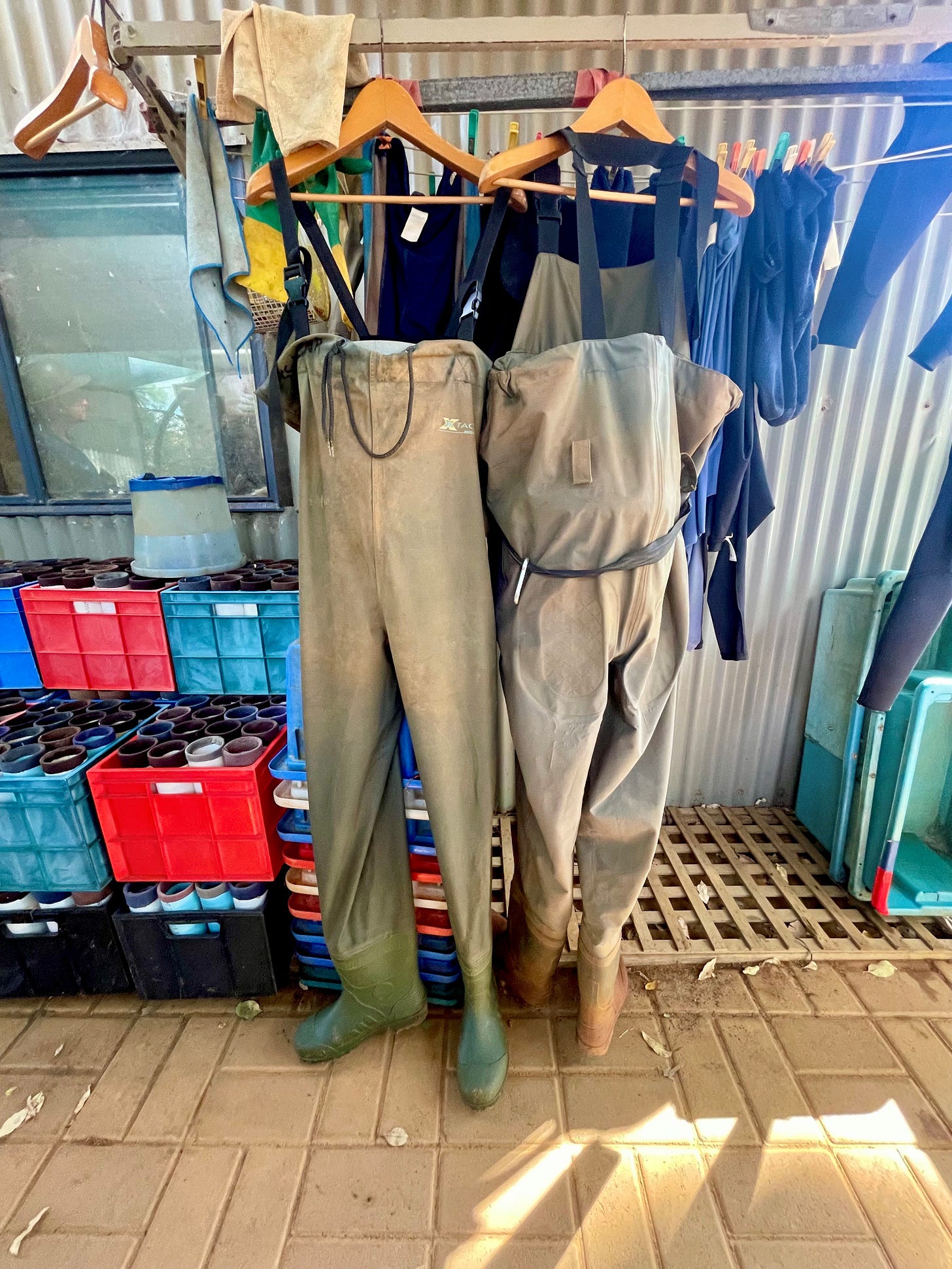
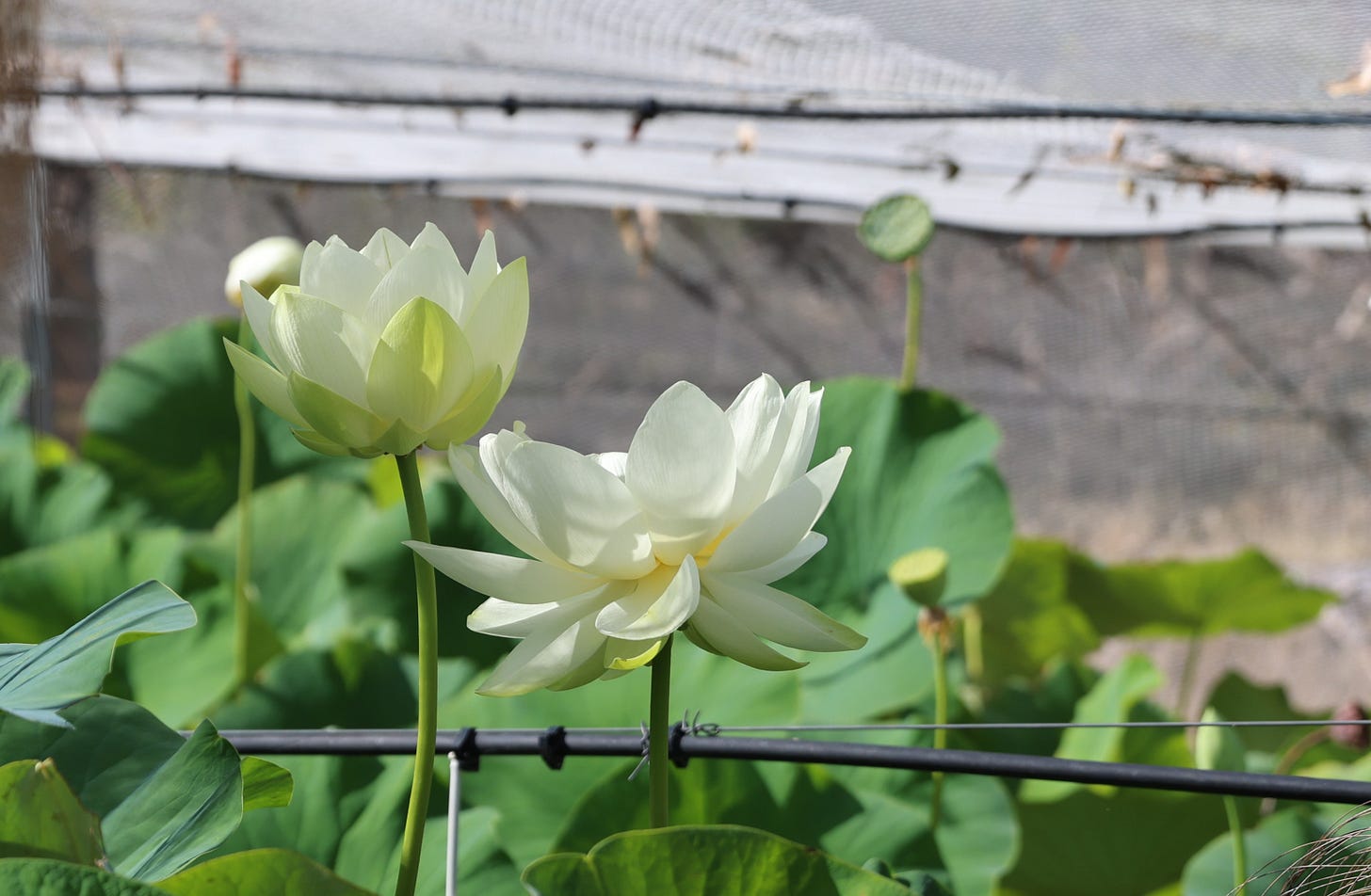
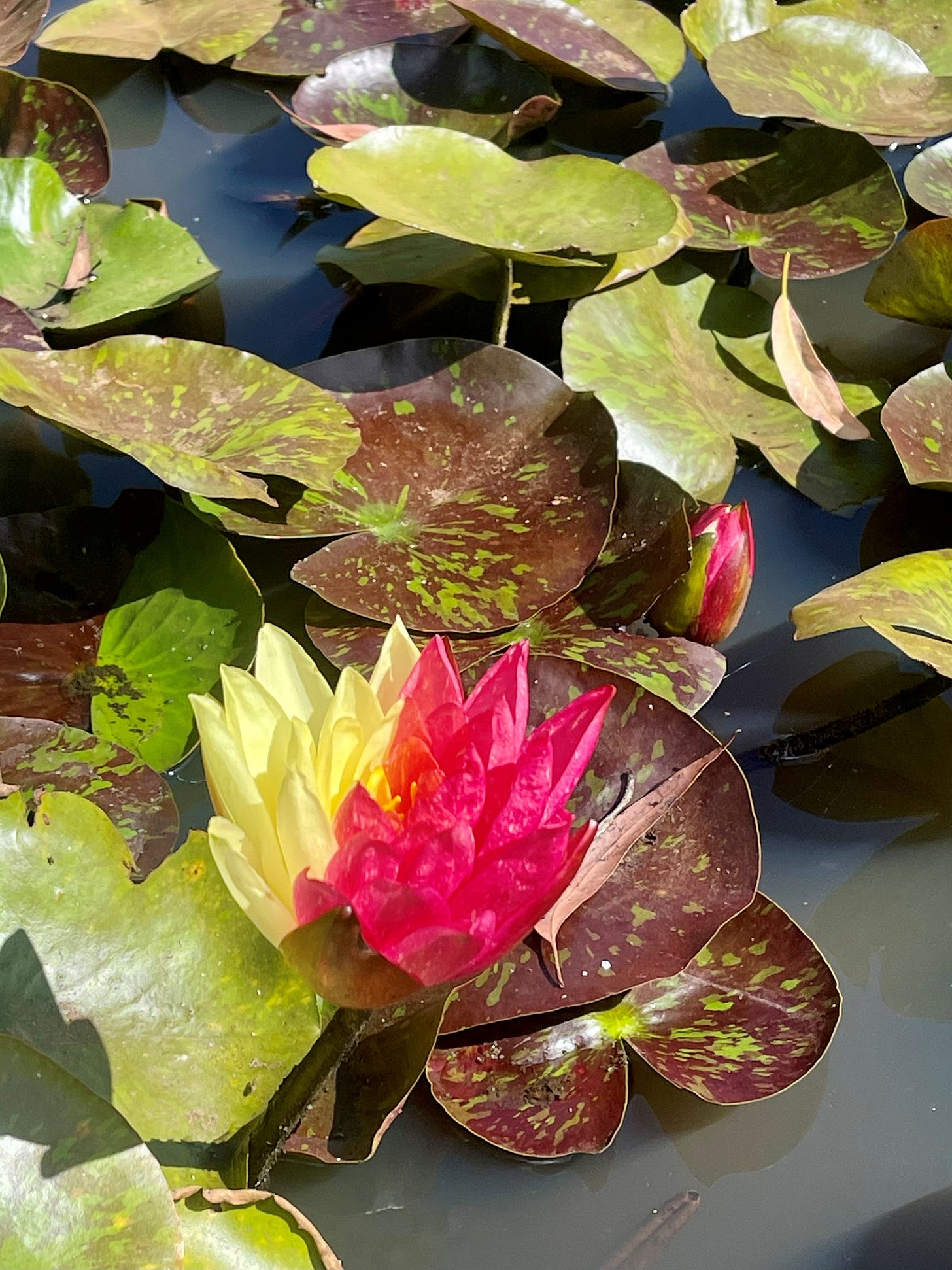

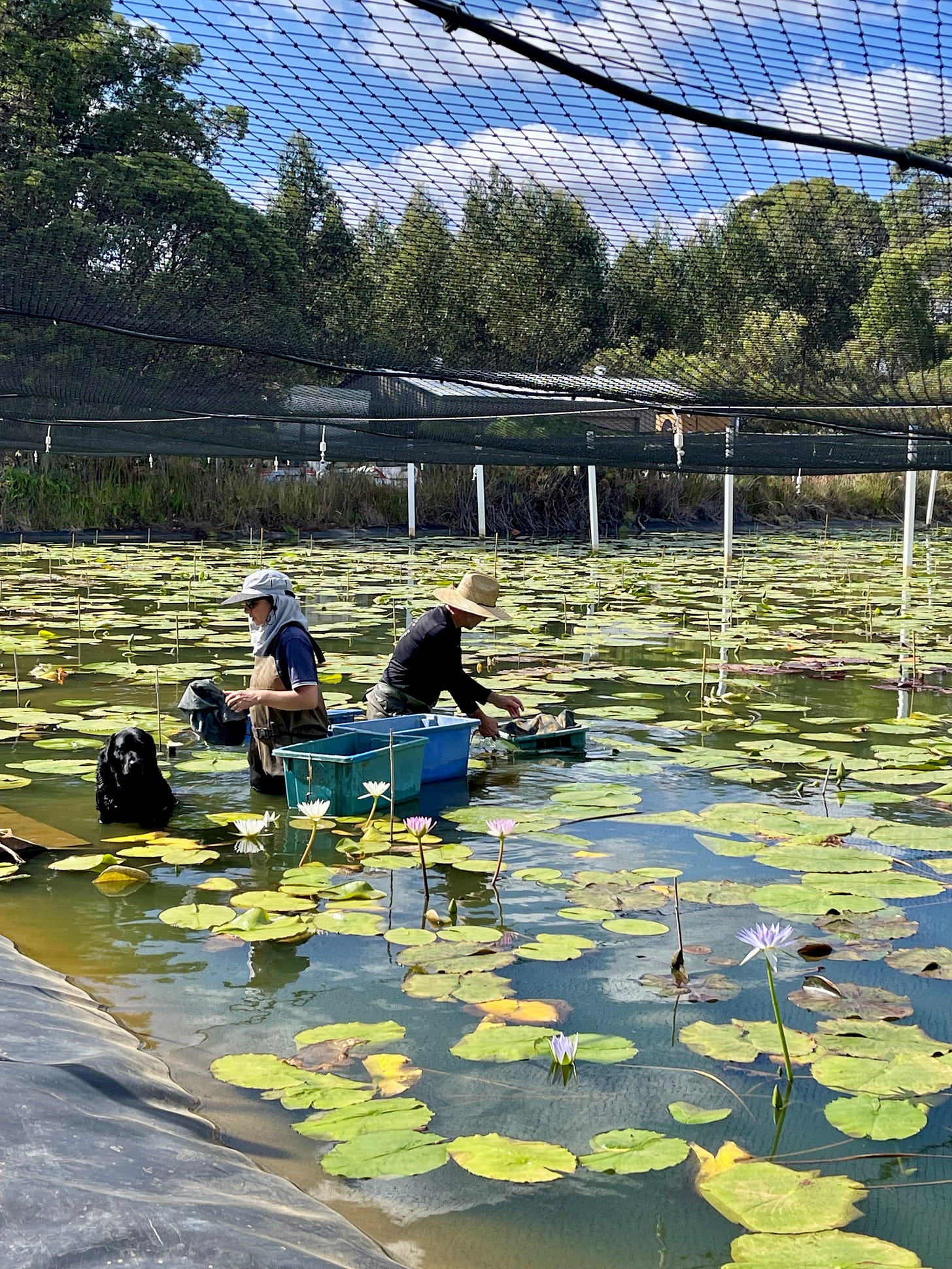

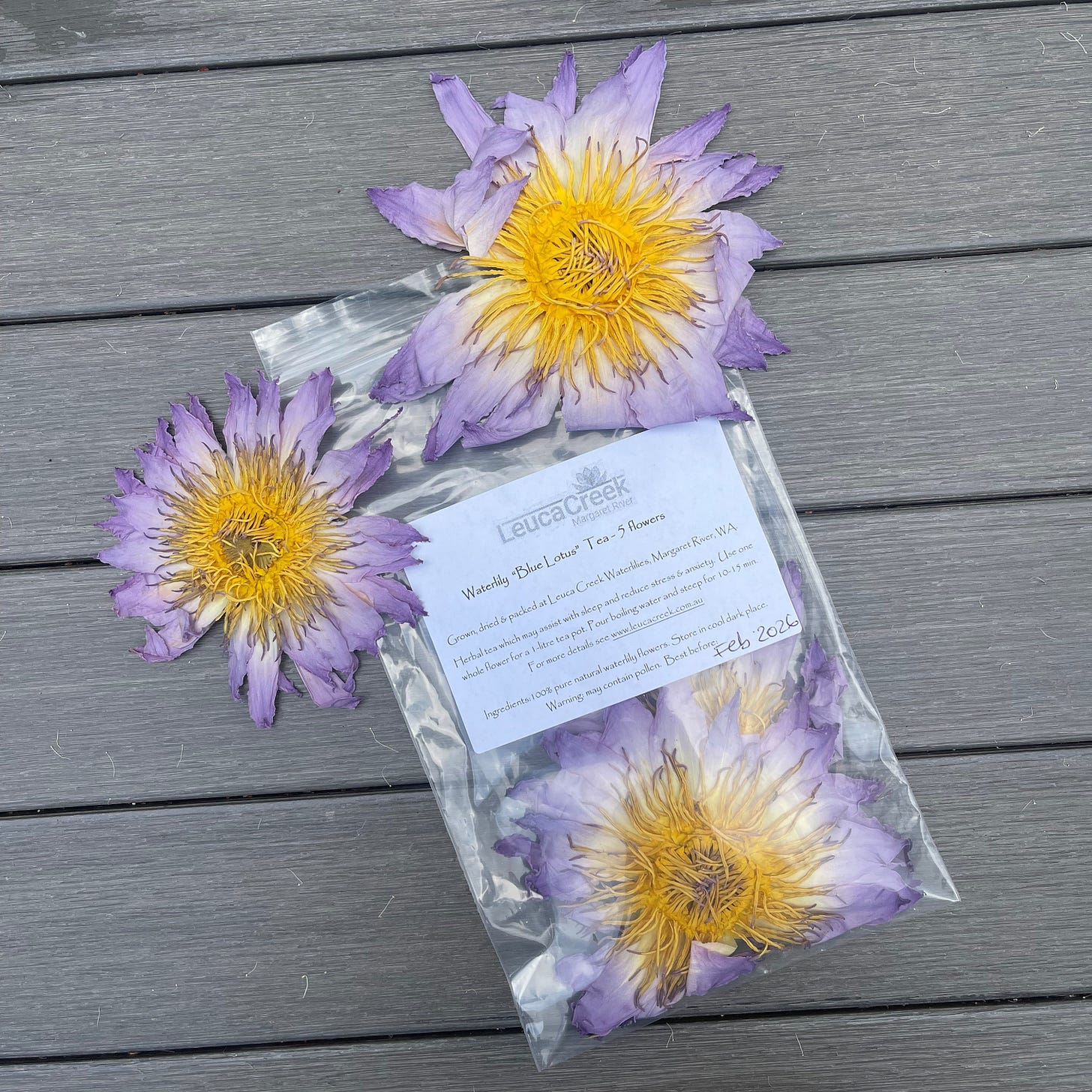
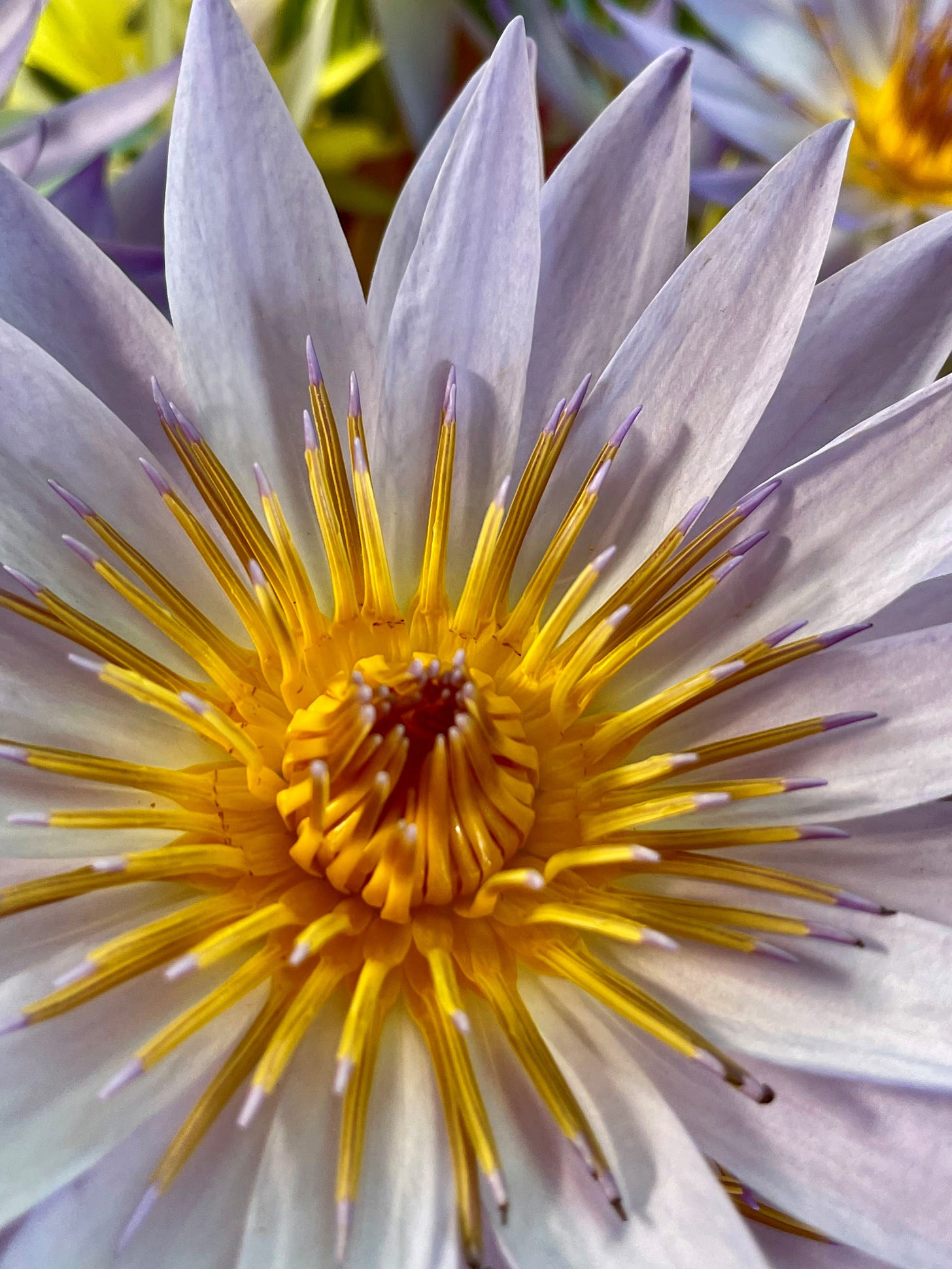




Beautiful photos, as usual and I never would've thought this was an actual job. That's so neat!
The flowers are so beautiful. Really enjoyed reading this